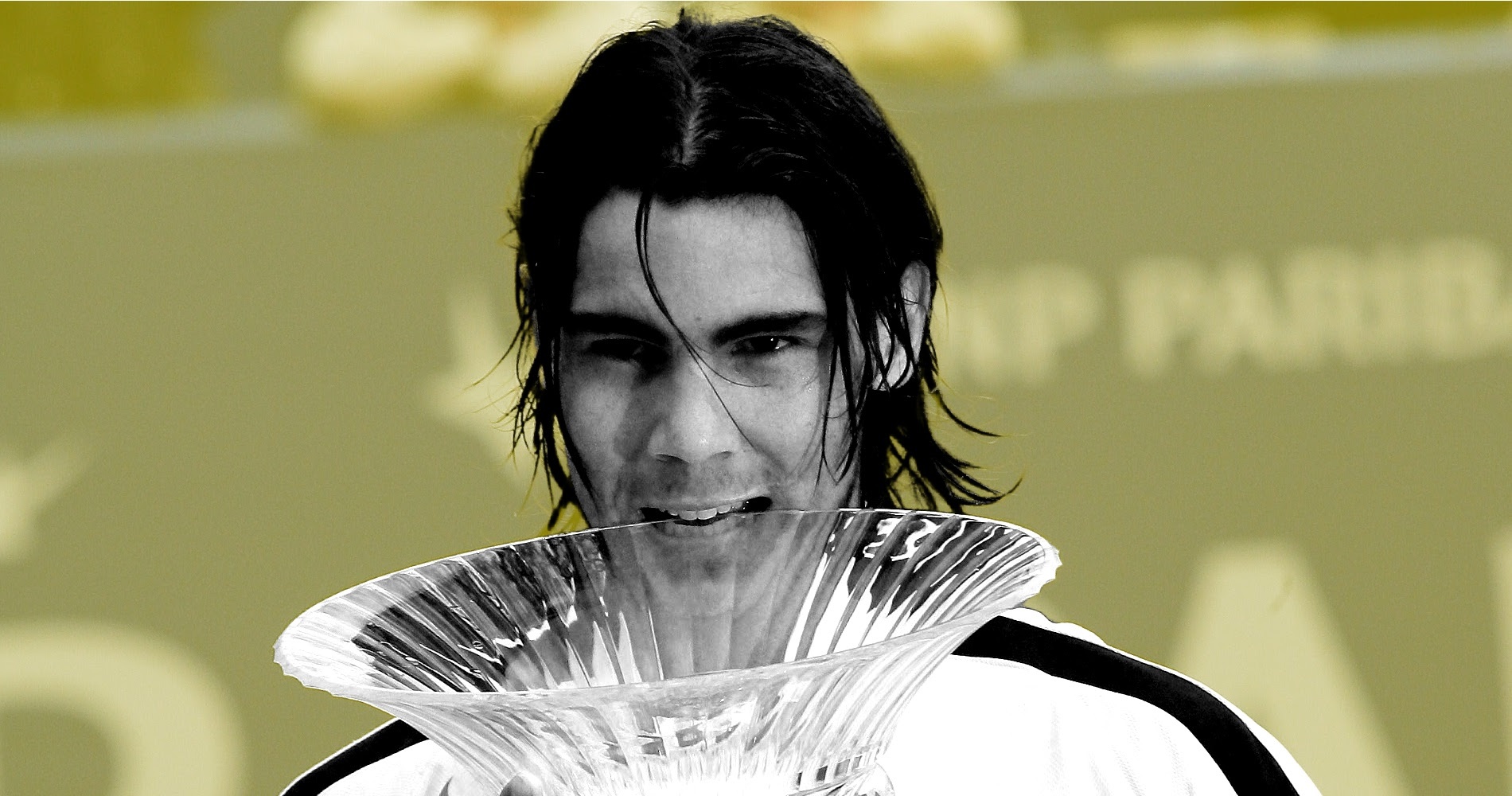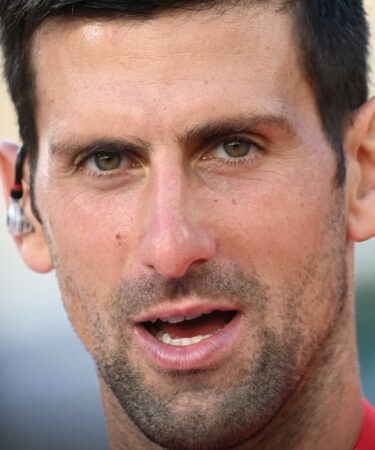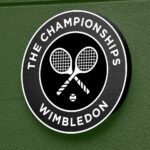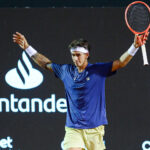April 22, 2012: The day Rafael Nadal won his eighth consecutive Monte-Carlo title
Each day, Tennis Majors looks back at the biggest moments in tennis history. On April 22, 2012, Rafael Nadal beat Novak Djokovic to win the Monte-Carlo Masters for the eighth year in a row
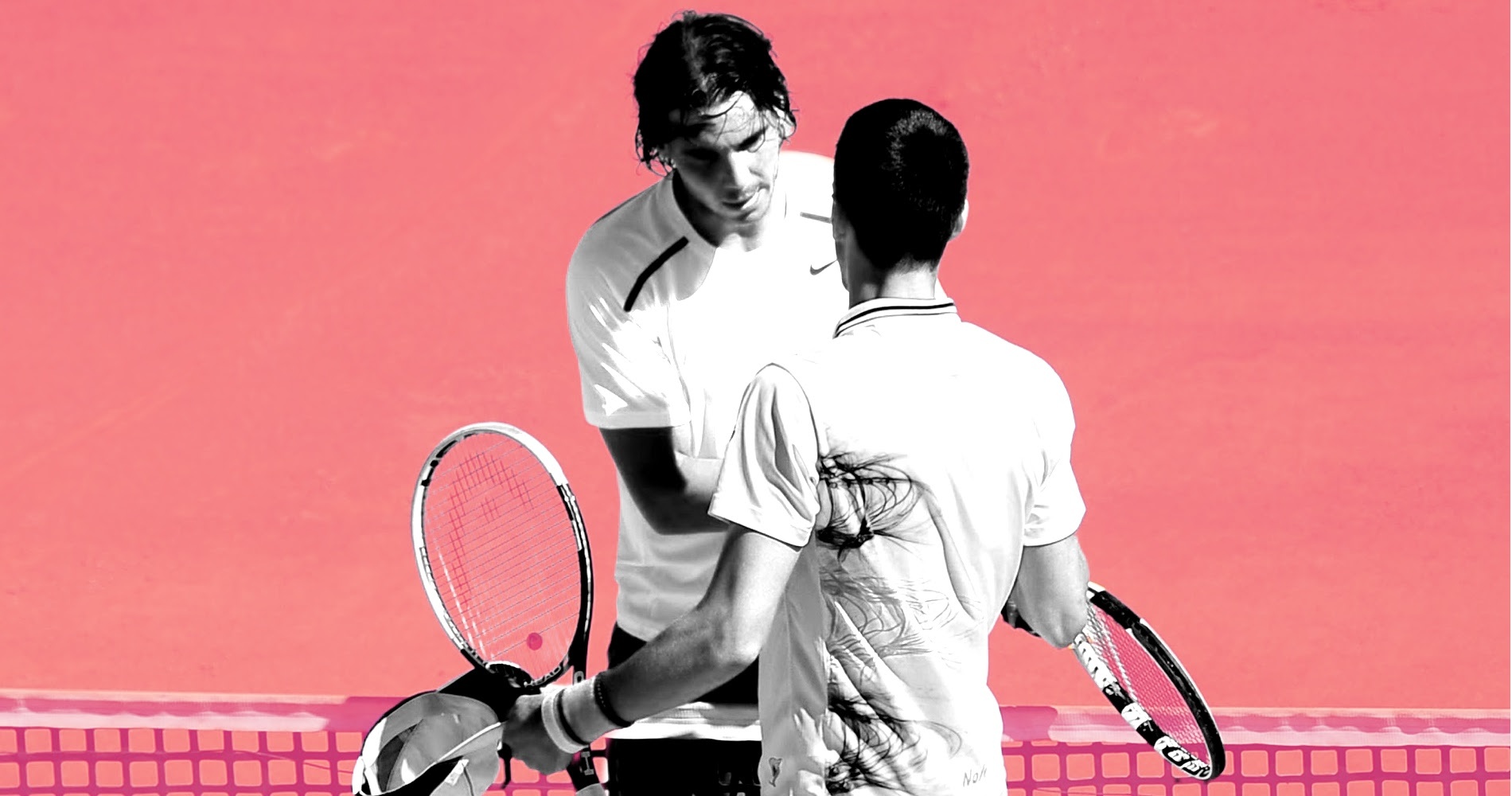 Rafael Nadal & Novak Djokovic, On This Day
Rafael Nadal & Novak Djokovic, On This Day
What happened exactly on that day
On this day, April 22, 2012, Rafael Nadal claimed his eighth consecutive title at the Monte-Carlo Masters. To achieve that amazing feat, he defeated Novak Djokovic, world No 1 at the time (6-3, 6-1), against whom he had lost his seven previous matches, in one of the most one-sided episodes of their rivalry.
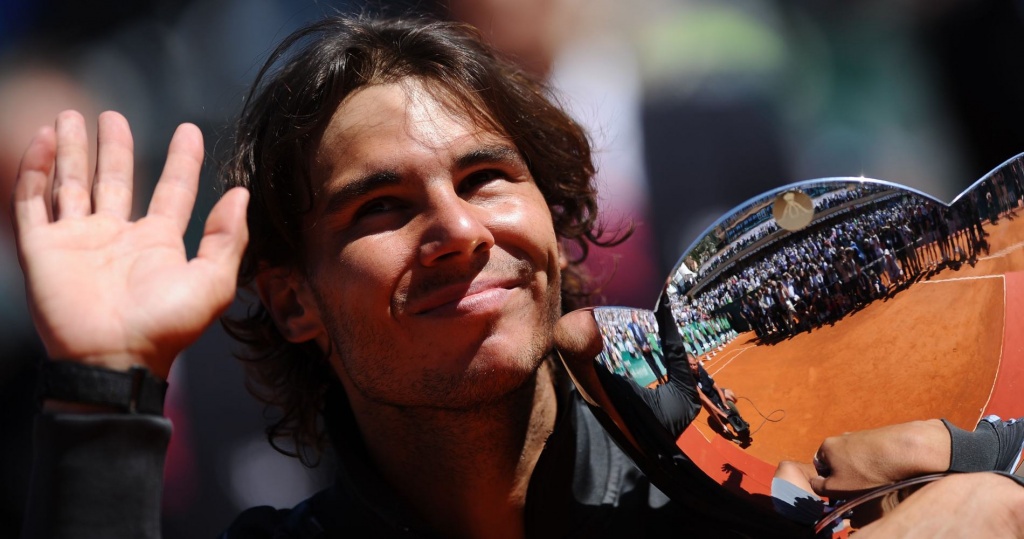
The players: Rafael Nadal and Novak Djokovic
- Rafael Nadal, already a legend
In April 2012, Rafael Nadal was only 25, but his achievements had already secured him a chapter in tennis history books. His clay court records were outstanding. Almost unbeatable on his favourite surface, he had won the French Open at his first attempt, in 2005 (defeating Mariano Puerta in the final, 6-7, 6-3, 6-1, 7-5), and since then, he had triumphed at Roland-Garros five times, in 2006, 2007, 2008, 2010 and 2011, holding a 45-1 record in Paris. Apart from Robin Soderling, who beat him in the 2009 fourth round (6-2, 6-7, 6-4, 7-6), no one had managed to win more than one set against Nadal at Roland-Garros. He held a record of 81 consecutive matches won on red dirt, on which he had already won 32 tournaments. Besides, after his second Grand Slam triumph, he improved his game, making it more aggressive, to make it more effective on fast surfaces.
Defeated by Roger Federer in the Wimbledon final in 2006 and 2007, he eventually claimed the title at the All England Club in 2008, edging his Swiss rival in one of the greatest matches in tennis history (6-4, 6-4, 6-7, 6-7, 9-7). He then became world No 1 for the first time, interrupting Federer’s 237-week reign. In 2009, he claimed a first Grand Slam title on hard court at the Australian Open, where he survived a five-hour semi-final against Fernando Verdasco (6-7, 6-4, 7-6, 6-7, 6-4), before battling five sets to beat Federer in the final (7-5, 3-6, 7-6, 3-6, 6-2). Injuries troubled him in the following 12 months, but he came back stronger than ever at the spring of 2010, taking his revenge against Soderling in the Roland-Garros final (6-4, 6-2, 6-4), before claiming a second Wimbledon title, beating Tomas Berdych in straight sets in the final (6-3, 7-5, 6-4).
In September 2010, he achieved the career Grand Slam by defeating Novak Djokovic in the US Open final (6-4, 5-7, 6-4, 6-2), and at that time, it seemed that he was going to dominate the game, but in 2011, the Serb increased his level and became the new leader on the Tour. Defeated by Djokovic in the finals of Indian Wells, Miami, Madrid, Rome, Wimbledon and the US Open, the Spaniard saved his season by winning Roland-Garros for the sixth time, defeating Federer in the final once again (7-5, 7-6, 5-7, 6-1). In the final of the 2012 Australian Open, Nadal was edged once again by Djokovic (5-7, 6-4, 6-2, 6-7, 7-5), and it really looked like the Serb had taken the advantage in the rivalry.

- Novak Djokovic, multiple Grand Slam champion
Novak Djokovic was born in 1987. He entered the top 100 in 2005, finishing the year as world No 83. In 2006, he made himself famous by reaching the quarter-finals at Roland-Garros while ranked only No 63, after he beat world No 9 Fernando Gonzalez in the second round. His breakthrough year was 2007, when he reached the semi-finals at Roland-Garros and Wimbledon (stopped each time by Rafael Nadal) before making his way into the US Open final where he was defeated by Roger Federer (7-6, 7-6, 6-4). At the start of 2008, he triumphed for the first time in a major tournament, defeating Jo-Wilfried Tsonga in the Australian Open final (4-6, 6-4, 6-3, 7-6). Djokovic then remained world No 3 in the next three years, often reaching the last rounds of major events where Federer and Nadal kept preventing him from adding more major crowns to his list of achievements.
Things changed in 2011, when Djokovic played a close to perfect first half of the season. Triumphing at the Australian Open at Andy Murray’s expense (6-4, 6-2, 6-3), he remained undefeated for 42 matches, until Roger Federer beat him in the semi-finals of Roland-Garros (7-6, 6-3, 3-6, 7-6). Nevertheless, the Serbian then claimed the titles at Wimbledon and the US Open, each time defeating Nadal in the final. Having won 10 tournaments throughout the year, he achieved one of the greatest seasons in tennis history. At the start of 2012, as the tennis world was wondering if he was going to be able to maintain that level, he won the longest final in Grand Slam history, defeating Nadal in the Australian Open after five hours and 53 minutes of extraordinary tennis (5-7, 6-4, 6-2, 6-7, 7-5). After having claimed the Miami Masters 1000 crown, his goal was now to add the last major tournament missing from his list of achievements: Roland-Garros, kingdom of his rival, Rafael Nadal.
The place: Monte-Carlo Country Club
Located at the top of the Rocher de Monaco, with a unique perspective on the Mediterranean Sea, the Monte-Carlo Country Club had hosted one of the oldest international tennis tournaments since 1928. Usually considered as the start of the clay-court season, it was a part of the Masters 1000 category. Among its former champions, there was a long list of clay-court terrors, such as Bjorn Borg, Guillermo Vilas, Ivan Lendl, Mats Wilander, Sergi Bruguera and Gustavo Kuerten, but Rafael Nadal had almost managed to erase them all from the books, claiming the title seven times in a row since 2005.
The facts
In 2012, a lot was at stake at the Monte-Carlo Open, kick-off the clay-court season, when Novak Djokovic faced Rafael Nadal in the final. Djokovic, who had been dominating the game since the start of 2011, was chasing the last Grand Slam missing from his list of achievements: Roland-Garros, the domain of his rival. Since 2005, the Spaniard seemed almost unbeatable on clay, but in the past 12 months, Djokovic had taken the edge in their rivalry. The Serb had won their seven previous encounters, and he had even defeated Nadal twice on his favourite surface, in Rome and in Madrid. If he could beat him here, in Monte-Carlo, where he had won seven consecutive titles and had not suffered a single loss since 2003, Djokovic could gain a psychological advantage that could be decisive in his quest for the career Grand Slam.
However, having learned of the death of his grandfather in Serbia on Thursday, Djokovic was not totally focused on his game. He had rallied from a set down in two of his four previous rounds, the last time in his semi-final encounter with Tomas Berdych (4-6, 6-3, 6-2). Although the first rallies of the final were promising, it soon appeared that, unlike Nadal, the world No 1 was not in his best shape. He was broken in his second service game, and he didn’t give as much resistance as usual to his opponent, losing the first set, 6-3. In the second set, the crowd hoped for a reaction from Djokovic, but the Serb was out of fuel, and Nadal swept him off the court, 6-3, 6-1, in only 78 minutes.
“I don’t want to take anything away from Rafa’s victory. Still, it’s a fact: I was in an emotional state that I had never experienced before,” Djokovic explained in the press conference. “He did the job. I didn’t play well and he took his chance. I couldn’t get him to play. I just tried to put the ball back in play. It’s been a very tough week mentally. I think reaching the final is not so bad.”
Meanwhile, the Bull of Manacor, who hadn’t won a single tournament since his triumph at Roland-Garros 10 months earlier, enjoyed his 20th Masters 1000 title and eighth Monte-Carlo trophy.
“This victory is very important for me,” he said. “My clay court season is starting as well as possible. I want to continue without physical problems for as long as possible. I work so hard that I’m relieved to have won.”
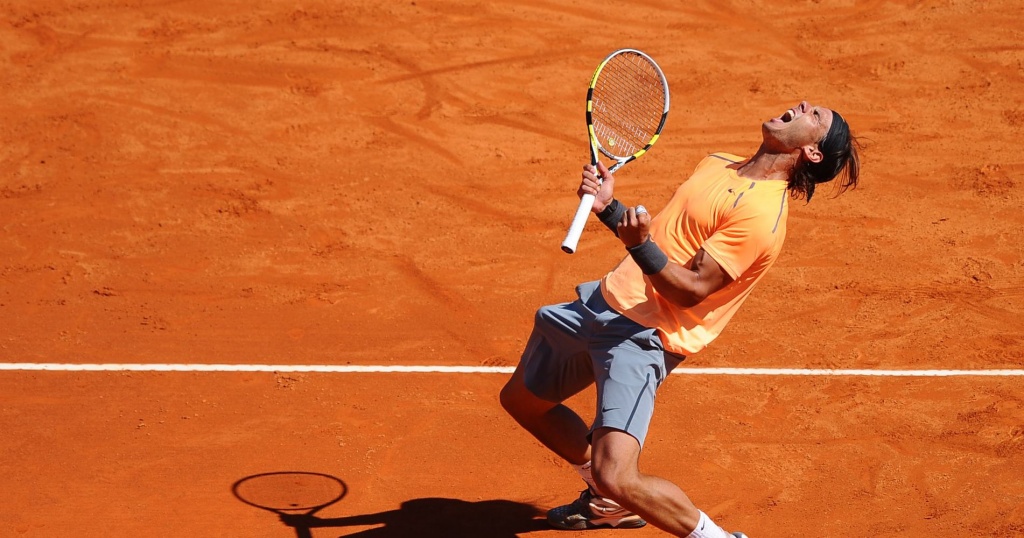
What next
In the following weeks, Nadal claimed titles in Barcelona, Rome and Paris, beating Djokovic at the Italian Open, and then in a French Open final played over two days (6-4, 6-3, 2-6, 7-5).
Djokovic wouldn’t triumph in a Grand Slam event before the next Australian Open, but in a general way, he would remain the dominant player of the 2010s, spending no fewer than 366 weeks as world No 1. In the following years, they would face so many times (58) that some would consider their rivalry to be the greatest of all-time, Djokovic holding a 30-28 lead.
